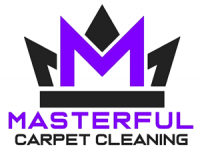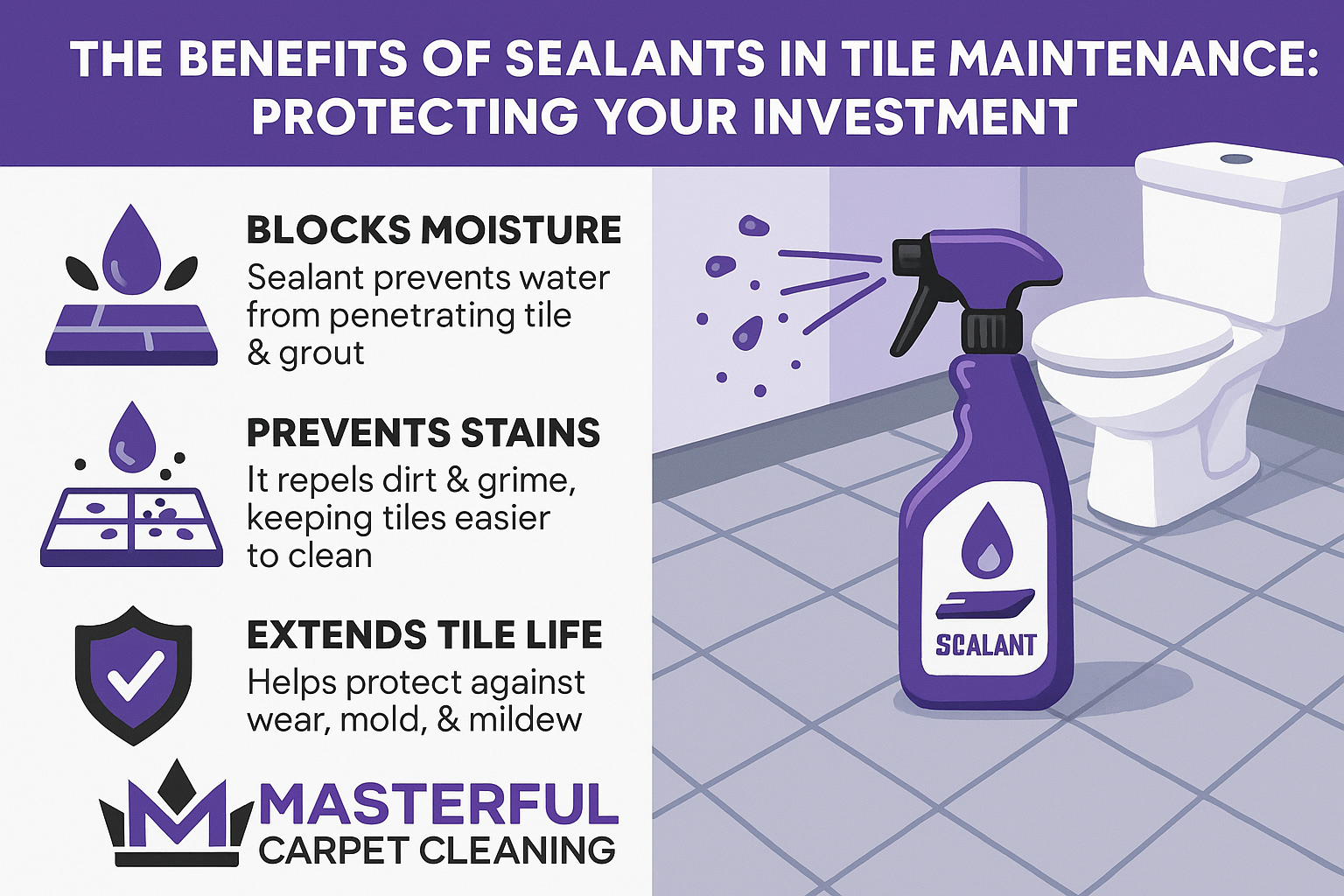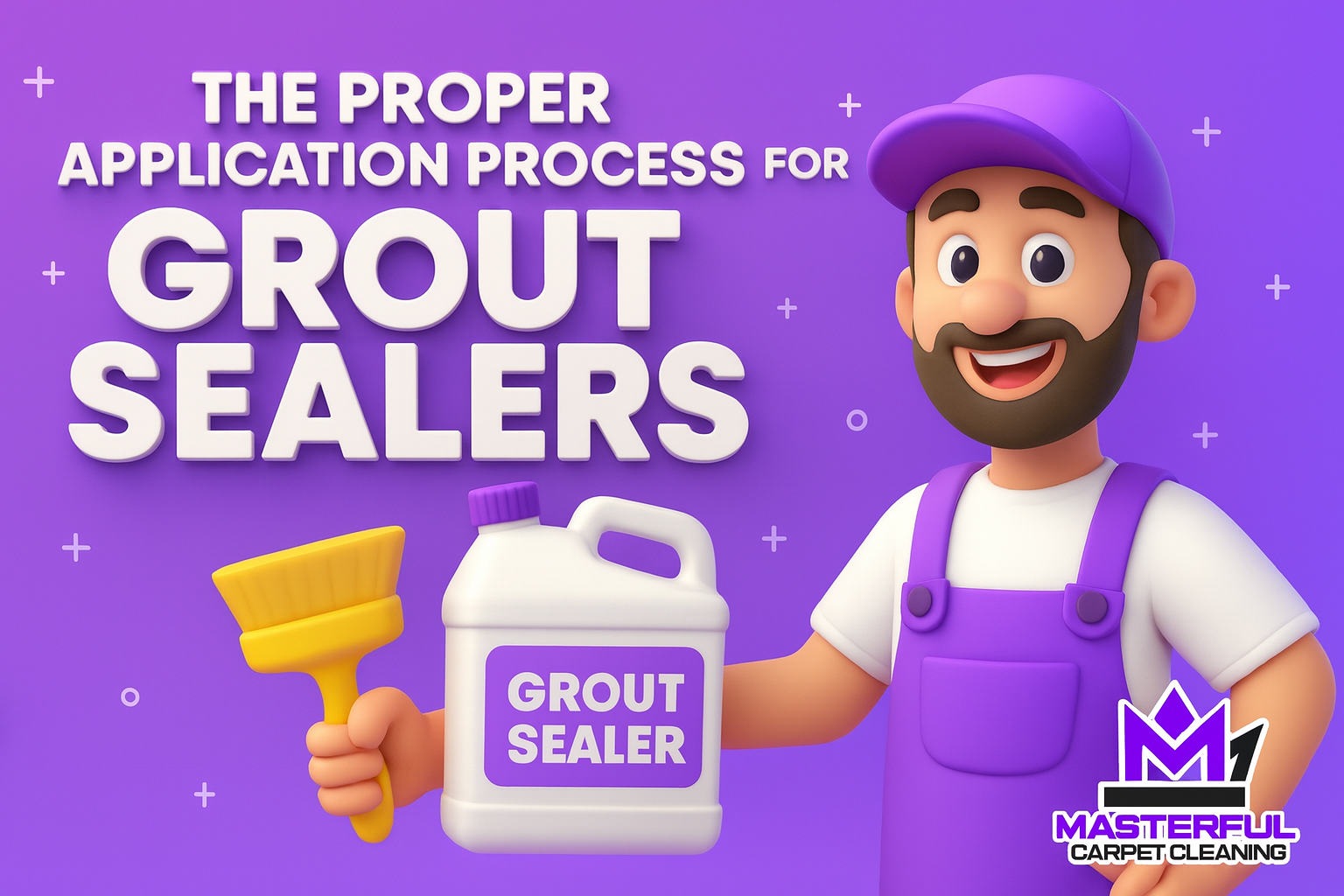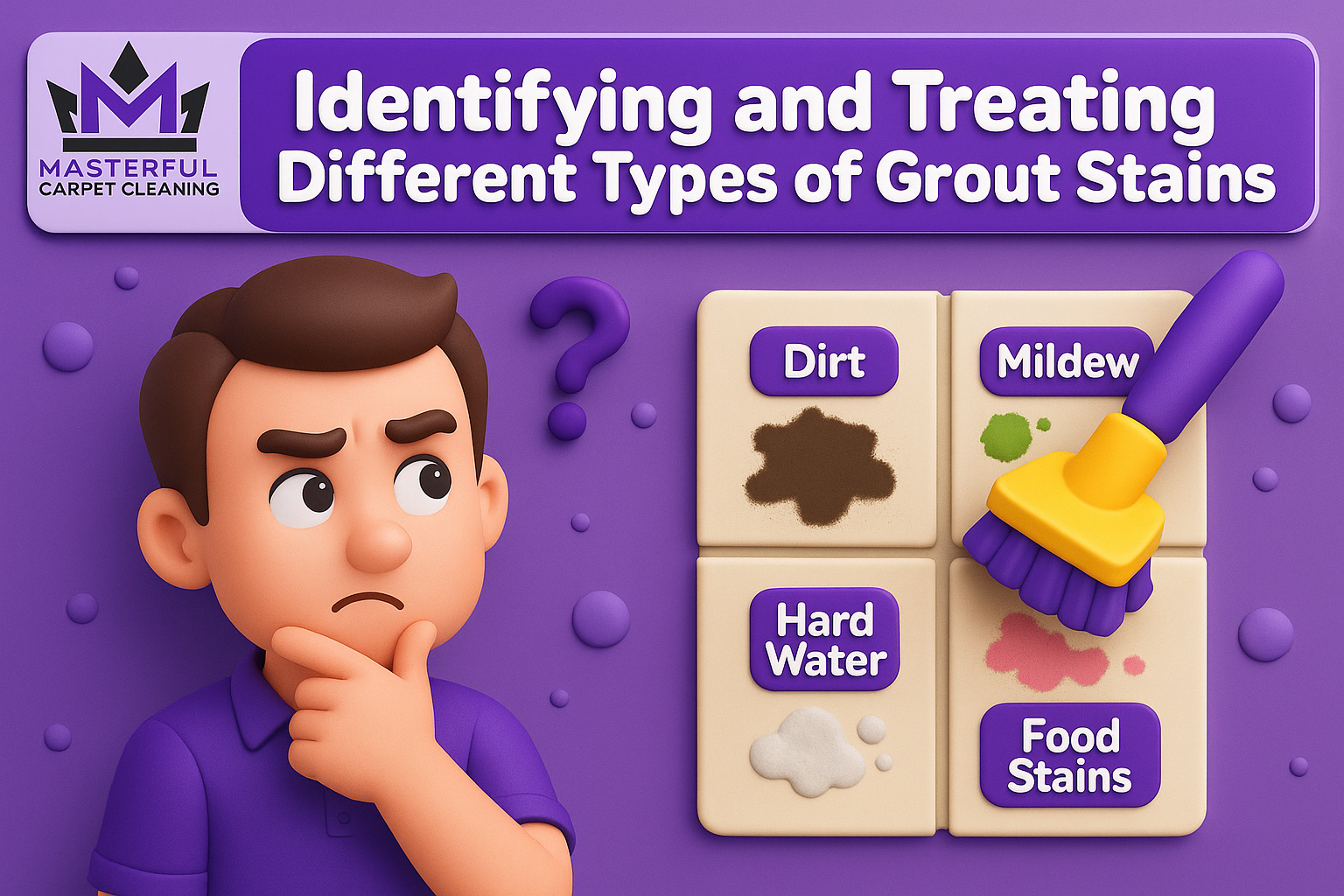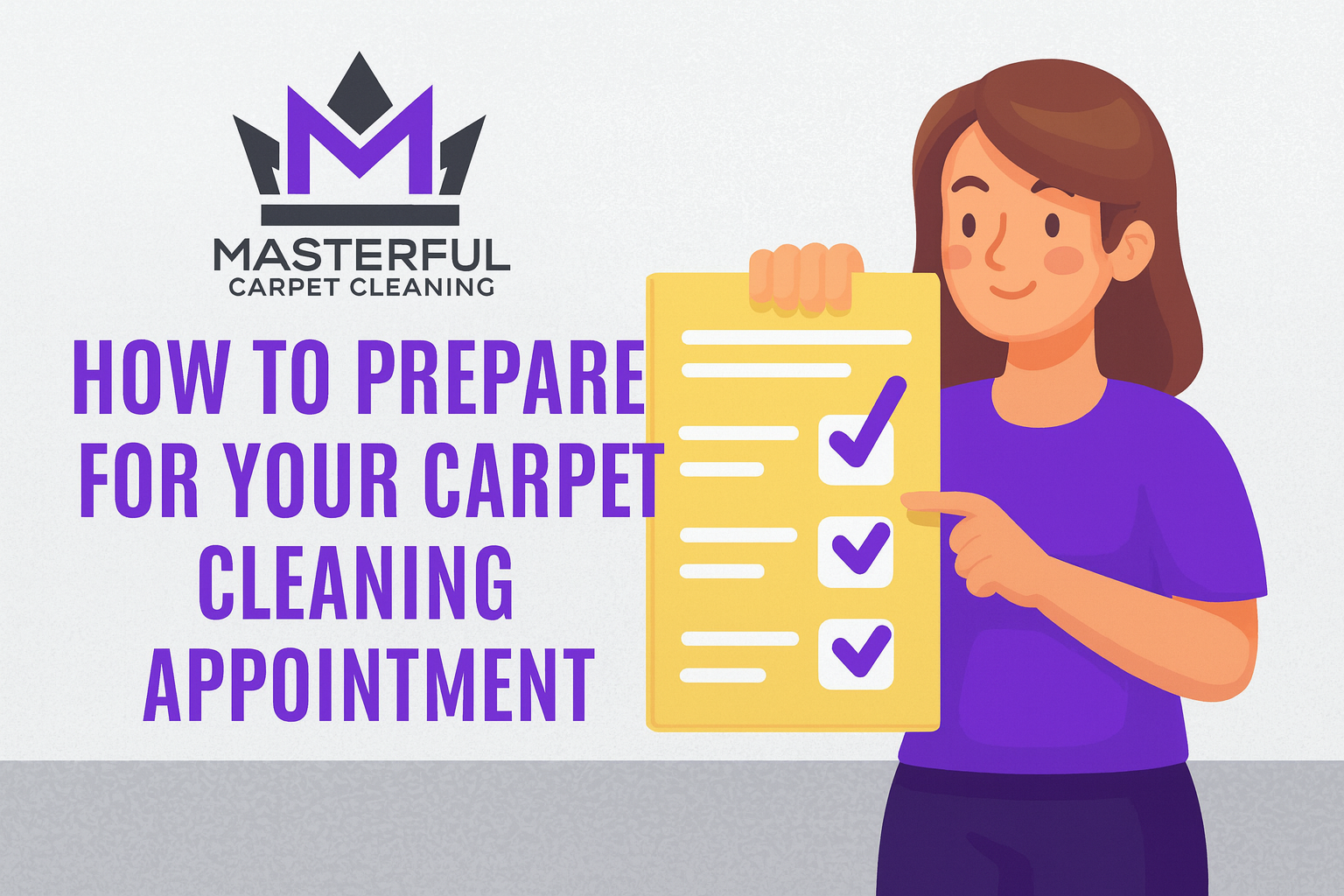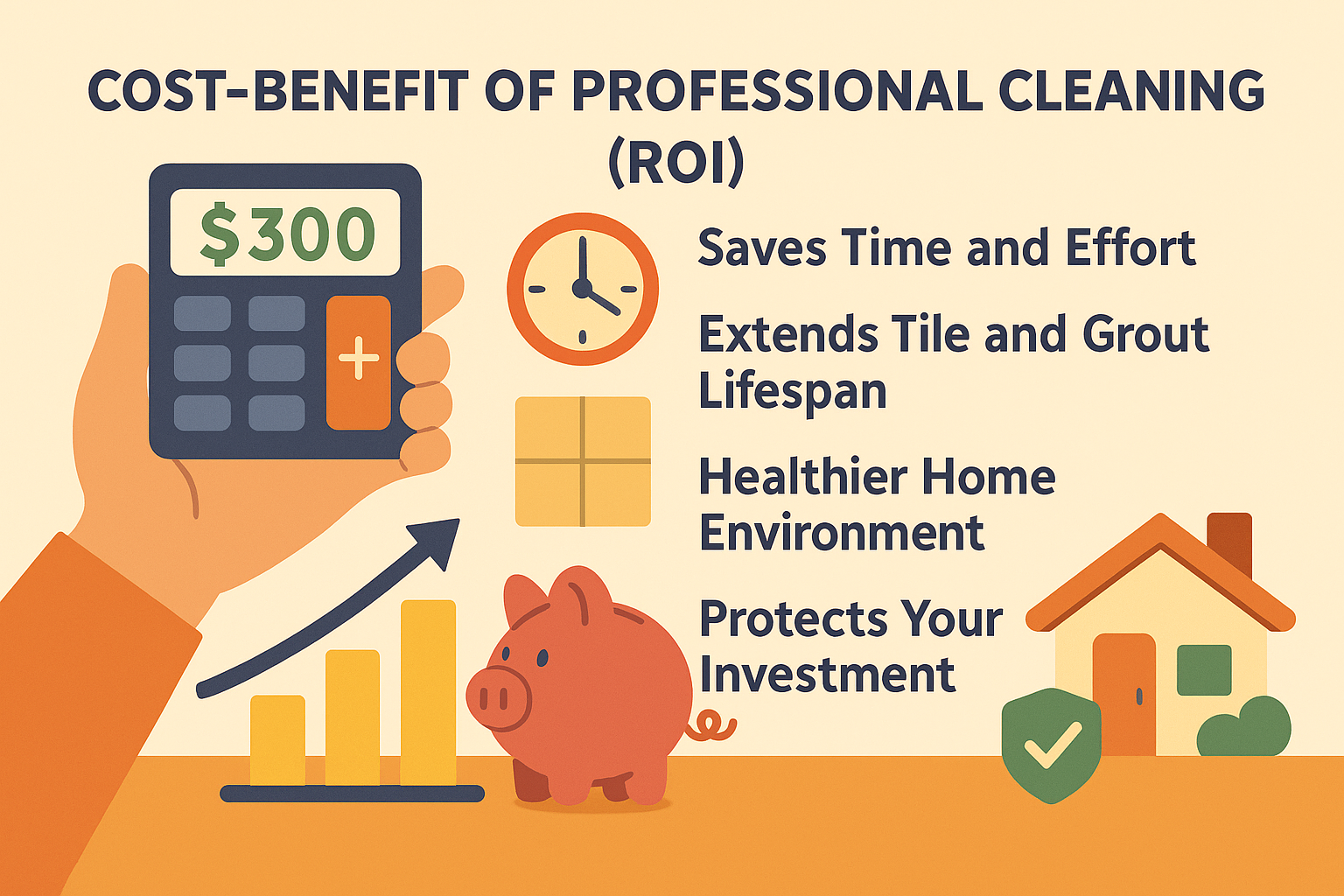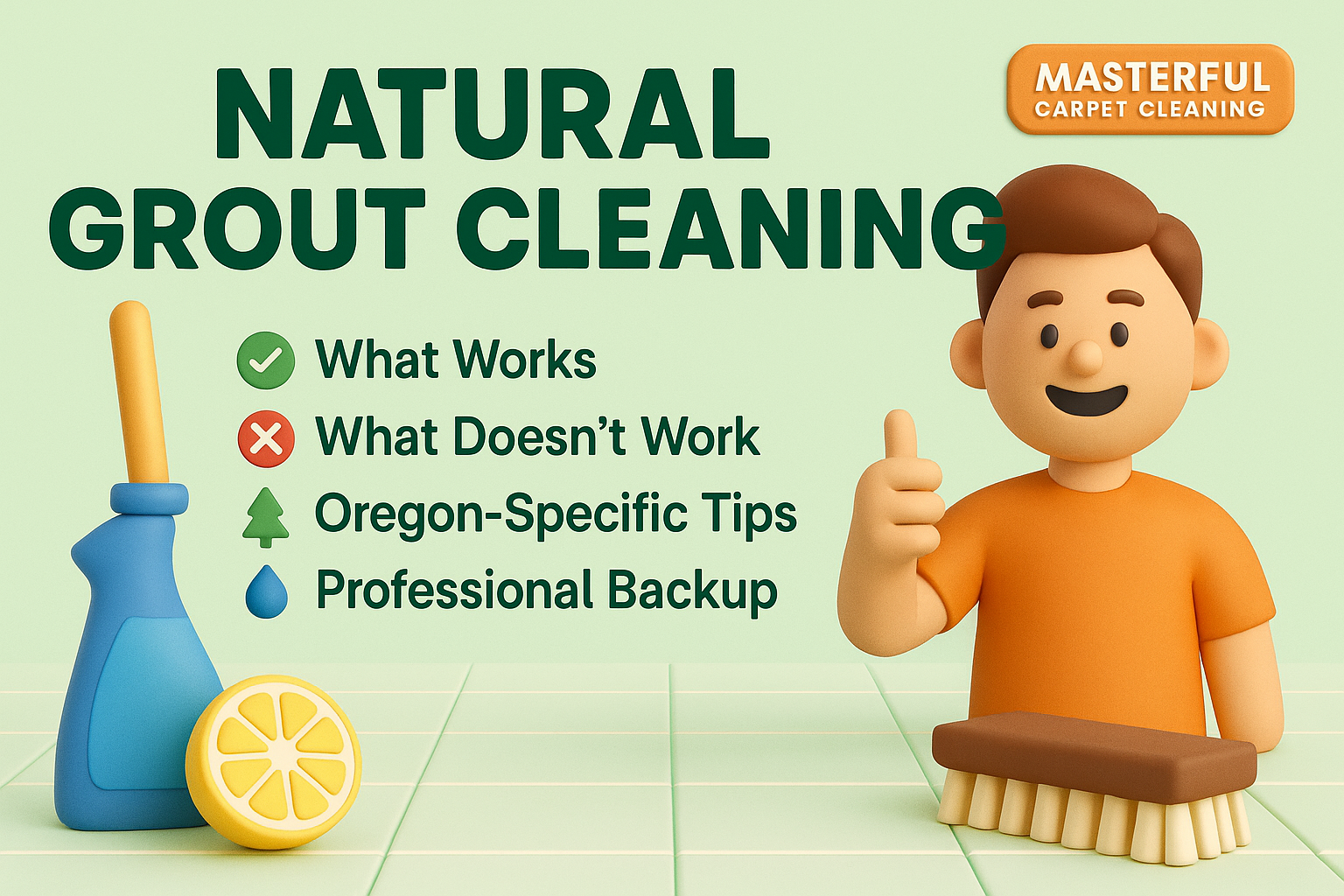Oil and Grease Spills: Effective Initial Responses
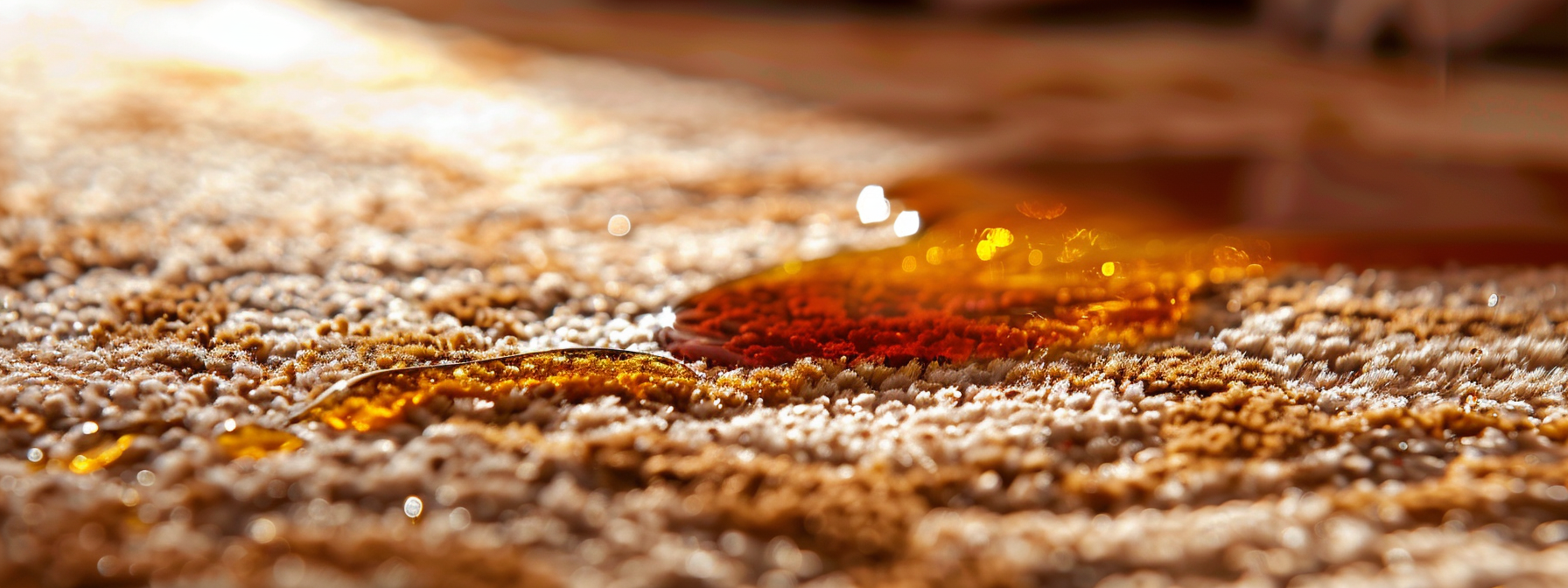
Oil and grease spills can be challenging to tackle, and even with the best efforts, some stains may persist.
For a thorough and professional clean, rely on the experts at Masterful Carpet Cleaning.
Why Choose Masterful Carpet Cleaning?
- Expert Stain Removal:
- Advanced Techniques: Our team uses cutting-edge methods to effectively remove stubborn oil and grease stains from carpets and upholstery, ensuring they look as good as new.
- Professional Equipment: We employ high-quality, industrial-grade equipment that penetrates deep into carpet fibers, providing a comprehensive clean that household methods can’t match.
- Safe and Eco-Friendly Products:
- Non-Toxic Cleaners: Our cleaning solutions are safe for your family and pets, free from harsh chemicals, and environmentally friendly.
- Odor Neutralization: We don’t just clean – we also neutralize odors, leaving your home smelling fresh and clean.
- Convenient and Reliable Service:
- Flexible Scheduling: We offer appointment times that fit your busy schedule, ensuring minimal disruption to your daily life.
- Experienced Technicians: Our skilled technicians are trained to handle all types of stains and cleaning challenges, providing you with the best possible results.
Book Your Cleaning Today
Don’t let oil and grease spills compromise the cleanliness and appearance of your home. Trust Masterful Carpet Cleaning to provide a professional deep clean that tackles even the toughest stains.
- Schedule an Appointment: Use our easy online booking system to select a convenient time for your cleaning.
- Contact Us: Have questions or need assistance? Our friendly customer service team is here to help. Call us or reach out through our website for prompt and professional support.
Ensure your carpets and upholstery are free from oil and grease stains with Masterful Carpet Cleaning.
Book your appointment today and experience the difference a professional clean can make.
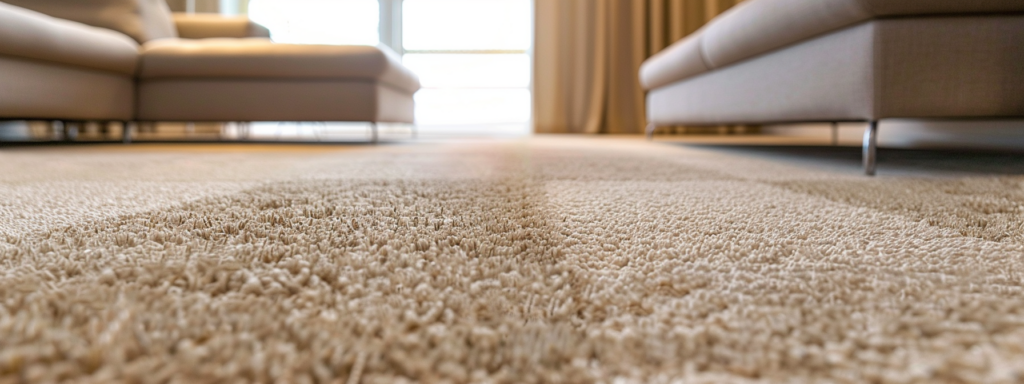
Immediate Action Steps
Quickly responding to oil and grease spills is important to prevent stains and hazards. Here’s a step-by-step guide to effectively contain and clean up these spills:
Step 1: Contain the Spill
- Stop the Source:
- Identify the Source: Quickly locate the source of the spill. If it’s a leak from a container or equipment, stop the flow immediately by closing a valve, sealing the container, or moving the equipment.
- Prevent Spread: Use barriers such as rags, paper towels, or absorbent pads to encircle the spill and prevent it from spreading further.
- Protect Surrounding Areas:
- Cover Adjacent Surfaces: Use plastic sheeting, newspapers, or old towels to protect nearby surfaces from coming into contact with the oil or grease.
- Create a Safe Zone: Ensure that people and pets stay away from the spill area to avoid slips and falls.
Step 2: Absorb the Spill
- Choose an Absorbent Material:
- Commercial Absorbents: Use commercial oil absorbent pads or granules designed specifically for oil and grease spills.
- Household Items: In the absence of commercial products, use items like kitty litter, baking soda, cornstarch, or sawdust to absorb the spill.
- Apply the Absorbent:
- Cover the Spill: Generously cover the spill with the absorbent material, ensuring all the oil or grease is coated.
- Let it Sit: Allow the absorbent material to sit on the spill for at least 10-15 minutes. This gives it time to soak up the oil or grease effectively.
Step 3: Remove the Absorbent
- Collect the Absorbent:
- Scoop Up Material: Use a dustpan, spatula, or similar tool to scoop up the saturated absorbent material. Dispose of it in a plastic bag or container.
- Repeat if Necessary: If any oil or grease remains, repeat the application and removal process until the spill is fully absorbed.
- Dispose of Absorbent Properly:
- Seal and Label: Seal the bag or container with the used absorbent and label it as containing oil or grease waste.
- Follow Local Regulations: Dispose of the waste according to local regulations for hazardous materials. Do not pour it down the drain or into regular trash bins.
Step 4: Clean the Residue
- Prepare a Cleaning Solution:
- Dish Soap and Water: Mix a few drops of dish soap with warm water. Dish soap is effective at breaking down oil and grease residues.
- Commercial Degreasers: Use a commercial degreaser if available, following the manufacturer’s instructions for dilution and application.
- Clean the Surface:
- Scrub the Area: Use a scrub brush or sponge to apply the cleaning solution to the affected area. Scrub thoroughly to lift any remaining oil or grease.
- Rinse and Dry: Rinse the area with clean water and blot dry with paper towels or a clean cloth. Repeat if necessary until the surface is clean and free of any slippery residue.
Step 5: Final Safety Check
- Ensure Dryness:
- Check for Residue: Make sure the cleaned area is completely dry and free of any remaining oil or grease.
- Prevent Slips: If the spill occurred on a floor, ensure there are no slippery spots left that could cause accidents.
- Ventilate the Area:
- Improve Airflow: Open windows or use fans to ventilate the area, especially if you used commercial cleaning products. Proper ventilation helps dissipate any lingering fumes.
Pro Tips:
- Be Prepared: Keep a spill kit with absorbent materials and cleaning supplies readily available in areas prone to oil and grease spills, such as kitchens, garages, and workshops.
- Wear Protective Gear: Use gloves and, if necessary, safety goggles to protect yourself from direct contact with oil, grease, and cleaning agents.
- Regular Maintenance: Perform regular checks and maintenance on equipment and containers that hold oil or grease to prevent leaks and spills.
By following these immediate action steps, you can effectively manage oil and grease spills, minimizing damage and ensuring a safe, clean environment.
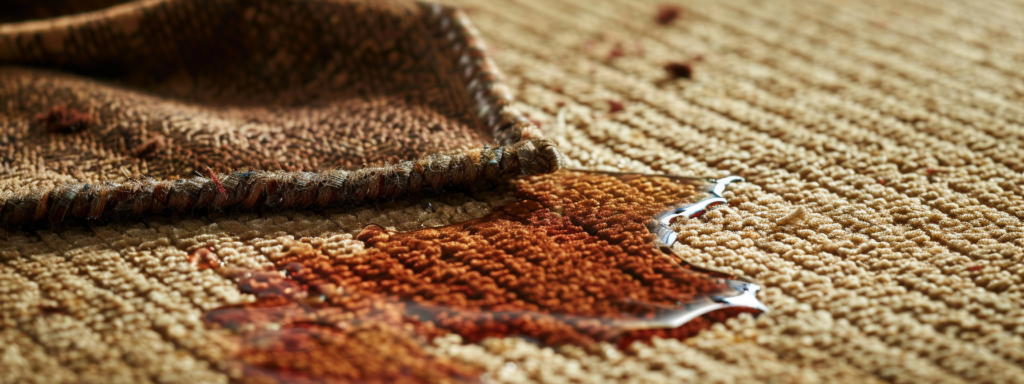
Effective Cleaning Solutions
Cleaning up oil and grease spills requires the right solutions to break down and remove the oily residue. Here are some effective homemade and commercial cleaning options:
Homemade Cleaning Solutions
- Dish Soap and Warm Water:
- Ingredients: Dish soap, warm water.
- Usage: Mix a few drops of dish soap with warm water. Dish soap is excellent at breaking down oil and grease.
- Application: Apply the solution to the spill area using a sponge or scrub brush. Scrub thoroughly to lift the grease, then rinse with clean water and dry with a cloth.
- Baking Soda and Vinegar:
- Ingredients: Baking soda, white vinegar, water.
- Usage: Sprinkle baking soda generously over the spill area, then spray or pour white vinegar over it. The mixture will fizz and help break down the grease.
- Application: Let the mixture sit for a few minutes. Scrub the area with a brush, then wipe clean with a damp cloth and rinse with water.
- Cornstarch and Vinegar:
- Ingredients: Cornstarch, white vinegar, water.
- Usage: Mix cornstarch with a small amount of water to form a paste. Apply the paste to the greasy area and let it sit for 15-20 minutes.
- Application: Scrub the paste with a brush, then wipe off with a cloth soaked in a vinegar-water solution (equal parts vinegar and water). Rinse with clean water and dry.
Commercial Cleaning Solutions
- Commercial Degreasers:
- Products: ZEP Heavy-Duty Citrus Degreaser, Simple Green Industrial Cleaner and Degreaser.
- Usage: Follow the manufacturer’s instructions for dilution and application. These products are formulated to cut through heavy grease and oil.
- Application: Spray or apply the degreaser to the spill area, let it sit for the recommended time, then scrub with a brush and wipe clean. Rinse with water if needed.
- Absorbent Pads and Granules:
- Products: Oil-Dri Absorbent Pads, Quick Dry Spill Absorbent.
- Usage: Place the absorbent material over the spill to soak up the oil or grease. These products are designed to absorb large amounts of liquid quickly.
- Application: Once the oil or grease is absorbed, remove the pads or sweep up the granules. Dispose of them according to local hazardous waste regulations.
- Multi-Surface Cleaners:
- Products: Krud Kutter Cleaner and Degreaser, Goo Gone Kitchen Degreaser.
- Usage: These cleaners are suitable for various surfaces, including countertops, floors, and appliances. Apply the cleaner as directed.
- Application: Spray the cleaner on the spill, let it sit for a few minutes, then scrub with a sponge or brush. Wipe clean with a damp cloth and rinse if necessary.
Specialized Solutions
- Enzymatic Cleaners:
- Products: Enzyme Magic Degreaser, Bio-Circle Ultra Bio Cleaner.
- Usage: These cleaners use enzymes to break down organic materials, making them effective for tough grease stains.
- Application: Apply the enzymatic cleaner to the spill, following the product instructions. Allow it to sit for the recommended time, then scrub and rinse thoroughly.
- Heavy-Duty Solvents:
- Products: WD-40 Specialist Industrial-Strength Cleaner, MEK (Methyl Ethyl Ketone) Cleaner.
- Usage: These solvents are powerful and should be used with caution. They are effective for industrial or garage spills.
- Application: Apply the solvent to the greasy area, scrub with a brush, and wipe clean. Ensure proper ventilation and use protective gear when handling solvents.
Pro Tips:
- Spot Test: Before using any cleaner, especially on delicate or porous surfaces, perform a spot test in an inconspicuous area to ensure it won’t cause damage or discoloration.
- Use Appropriate Tools: Utilize brushes, sponges, and cloths suitable for the surface you are cleaning. Avoid abrasive tools on delicate surfaces to prevent scratches.
- Follow Safety Instructions: Always follow the safety instructions on commercial cleaning products, including wearing gloves and ensuring good ventilation.
By using these effective cleaning solutions, you can efficiently tackle oil and grease spills, keeping your surfaces clean and safe from long-term damage.
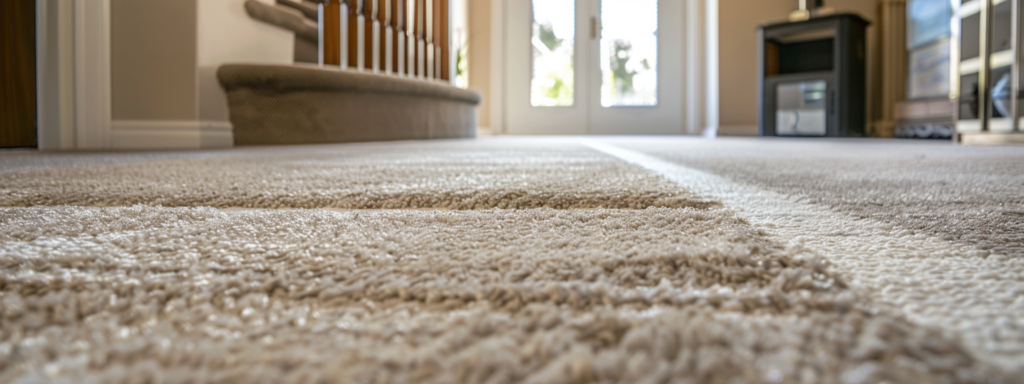
Safety Precautions
Handling oil and grease spills requires taking proper safety measures to protect yourself and your surroundings. Here are essential safety precautions to follow during the cleanup process:
Personal Protective Equipment (PPE)
- Gloves:
- Usage: Wear disposable nitrile or rubber gloves to protect your hands from direct contact with oil, grease, and cleaning agents.
- Benefits: Gloves prevent skin irritation and chemical burns, ensuring your hands stay safe during the cleanup process.
- Safety Goggles:
- Usage: Use safety goggles to shield your eyes from splashes of oil, grease, or cleaning solutions.
- Benefits: Goggles protect your eyes from potential harm, especially when dealing with strong chemicals or when scrubbing vigorously.
- Protective Clothing:
- Usage: Wear old clothes or protective coveralls that you don’t mind getting dirty or stained.
- Benefits: Protective clothing prevents oil and grease from coming into contact with your skin and regular clothing, reducing the risk of irritation and staining.
Ventilation and Environment
- Ensure Proper Ventilation:
- Usage: Open windows and doors or use fans to increase airflow in the area where you are cleaning.
- Benefits: Good ventilation helps disperse fumes from cleaning agents and oil, reducing the risk of inhaling harmful substances.
- Clear the Area:
- Usage: Remove any unnecessary items and keep pets and children away from the spill area.
- Benefits: Clearing the area prevents accidents and ensures that the cleanup process is efficient and safe.
Handling and Disposal of Materials
- Contain the Spill:
- Usage: Use absorbent materials such as paper towels, kitty litter, or commercial absorbents to contain and soak up the spill.
- Benefits: Containing the spill quickly prevents it from spreading and reduces the risk of slipping or further contamination.
- Proper Disposal:
- Usage: Place used absorbent materials and cleaning supplies in a sealed plastic bag or container. Label it as hazardous waste.
- Benefits: Proper disposal prevents environmental contamination and adheres to local regulations for hazardous waste disposal.
- Avoid Drains and Waterways:
- Usage: Do not pour oil, grease, or cleaning solutions down the drain or into waterways.
- Benefits: Prevents environmental pollution and protects local water sources from contamination.
Safe Cleaning Practices
- Read Product Labels:
- Usage: Carefully read the labels of all cleaning products to understand their proper use and any potential hazards.
- Benefits: Ensures you use the products safely and effectively, minimizing risks associated with misuse.
- Follow Manufacturer’s Instructions:
- Usage: Adhere to the instructions provided by the manufacturer for dilution, application, and rinsing of cleaning solutions.
- Benefits: Following instructions ensures optimal cleaning results and prevents damage to surfaces.
- Use Appropriate Tools:
- Usage: Choose the right tools for the job, such as non-abrasive sponges, brushes, and cloths suitable for the surface you are cleaning.
- Benefits: Prevents scratches and damage to surfaces while ensuring effective cleanup.
Emergency Preparedness
- First Aid Kit:
- Usage: Keep a first aid kit nearby in case of accidental contact with cleaning agents or minor injuries during the cleanup process.
- Benefits: Being prepared for emergencies allows for quick response to injuries and reduces the severity of any incidents.
- Know Emergency Contacts:
- Usage: Have the contact information for local poison control centers and emergency services readily available.
- Benefits: Ensures quick access to professional assistance in case of severe reactions or accidents involving hazardous materials.
Pro Tips:
- Stay Informed: Regularly update your knowledge on safe handling practices for cleaning agents and absorbent materials.
- Maintain Clean Tools: Clean and store your cleanup tools properly after each use to ensure they are ready for future spills.
- Regular Inspections: Inspect your protective gear and cleaning supplies regularly to ensure they are in good condition and replace them as needed.
By following these safety precautions, you can effectively manage oil and grease spills while protecting yourself and your environment from potential hazards.
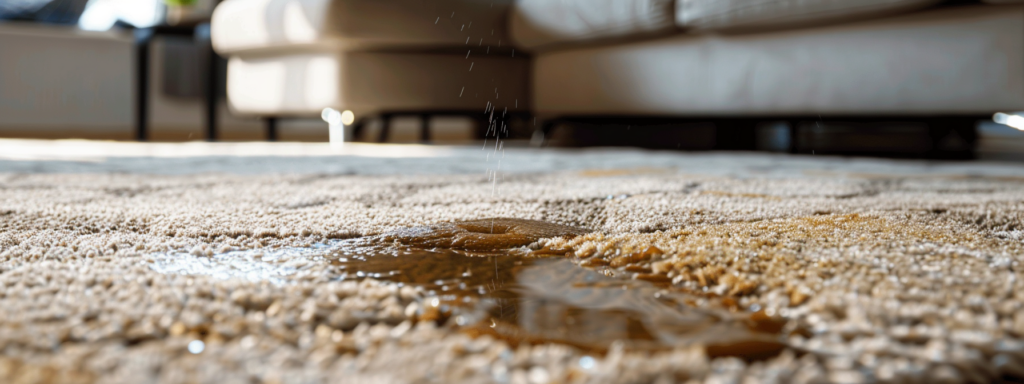
Surface Specific Tips
Different surfaces require specific methods and products to effectively clean oil and grease spills. Here’s how to handle spills on various types of surfaces:
Hard Floors
- Tile and Stone Floors:
- Immediate Action: Blot up excess oil or grease with paper towels or absorbent pads.
- Cleaning Solution: Use a mixture of warm water and dish soap or a commercial stone cleaner.
- Application: Apply the solution to the spill area, scrub with a soft brush, then rinse with clean water and dry with a cloth.
- Wood Floors:
- Immediate Action: Blot the spill with a paper towel, avoiding rubbing which can spread the oil.
- Cleaning Solution: Mix a few drops of dish soap with warm water.
- Application: Lightly dampen a cloth with the solution and gently wipe the spill area. Avoid using too much water to prevent damage to the wood. Dry the area thoroughly with a clean cloth.
- Laminate Floors:
- Immediate Action: Use paper towels to absorb as much oil as possible.
- Cleaning Solution: Use a mild cleaner designed for laminate floors or a vinegar-water solution (1 part vinegar to 3 parts water).
- Application: Spray the cleaner on the spill, wipe with a microfiber cloth, and dry immediately to avoid water damage.
Carpets and Rugs
- Blotting the Spill:
- Immediate Action: Blot up as much oil or grease as possible with paper towels or absorbent cloths. Do not rub, as this can push the oil deeper into the fibers.
- Cleaning Solution:
- Baking Soda or Cornstarch: Sprinkle baking soda or cornstarch over the spill to absorb the oil. Let it sit for 15-20 minutes, then vacuum it up.
- Dish Soap and Water: Mix a few drops of dish soap with warm water. Apply the solution to the spill with a clean cloth, blotting gently.
- Application:
- Work from the Outside In: Apply the cleaning solution from the outside edges of the spill towards the center to prevent spreading.
- Blot and Rinse: Blot with a clean cloth dampened with water to rinse, then blot dry with a dry cloth. Repeat if necessary until the stain is removed.
Upholstery and Fabrics
- Blotting the Spill:
- Immediate Action: Blot the spill with paper towels or a clean cloth to remove as much oil or grease as possible.
- Cleaning Solution:
- Dish Soap and Water: Mix a few drops of dish soap with warm water. For delicate fabrics, use a gentle fabric cleaner.
- Commercial Upholstery Cleaner: For stubborn stains, use a product specifically designed for upholstery.
- Application:
- Test First: Test the cleaning solution on an inconspicuous area to ensure it doesn’t damage the fabric.
- Blot and Clean: Apply the solution to the spill with a clean cloth, blotting gently. Rinse with a cloth dampened with clean water and blot dry.
Pro Tips:
- Avoid Harsh Chemicals: Use cleaning solutions appropriate for the specific surface to prevent damage.
- Regular Maintenance: Regularly clean and maintain surfaces to reduce the buildup of oil and grease, making it easier to handle spills when they occur.
- Use Protective Coverings: Use mats or protective coverings in areas prone to spills, such as under kitchen appliances and in garages.
By following these surface specific tips, you can effectively clean oil and grease spills on various surfaces, ensuring your home stays clean and well maintained.
Author
-

As the Co-Owner of Masterful, Randy has been providing quality cleaning services to the Salem and Portland areas of Oregon for many years. He has built a reputation for excellence in the industry. His team take prides in using the latest cleaning techniques and technologies to deliver exceptional results every time.
View all posts
